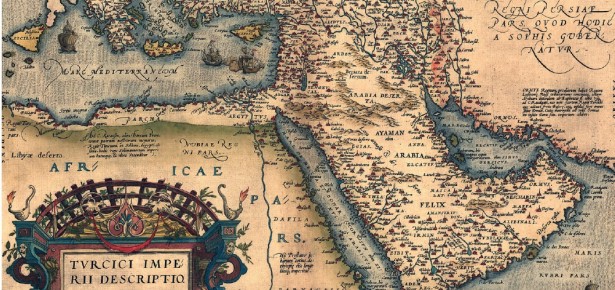
The origins of The Struggle for the Eurasian Borderlands go back many years to the time when I was teaching survey courses and comparative history at the University of Pennsylvania. I began to ask myself the question of why it was that the great international crises of the twentieth century — the First and Second World Wars and the Cold War— all had their roots in conflicts within a broad belt of territories stretching all along the frontiers of Imperial Russia and later the Soviet Union. Was it simply a case of Russian aggression? Or were their other more complex issues at stake? Then as the first cracks in the Communist bloc began to show up in Hungary, Poland and Czechoslovakia followed by the crisis within the Soviet Union leading to its disintegration, I saw the same pattern unfolding in the same places. Within the last few years the conflicts in Kosovo, Chechnya, Ossetia, Georgia and Ukraine were connected to one another and to the historical traumas in these regions. What did they have in common?
Within the last few years the conflicts in Kosovo, Chechnya, Ossetia, Georgia and Ukraine were connected to one another and to the historical traumas in these regions. What did they have in common?
I felt I had to go back to the early modern period, to the rise of the great continental dynastic empires—the Habsburg, Romanov (Russian), Ottoman, Safavid-Qajar (Iranian) and Qing (Chinese)— and their rivalry with one another for domination over the territories on the periphery of their power centers. I called these territories the Eurasian borderlands. They were “shatter zones” inhabited by a changeable mix of ethno-linguistic, religious and cultural groups. Throughout a long series of wars in the seventeenth, eighteenth and nineteenth centuries, the empires conquered and incorporated these borderlands. In this way the lands known as Ukraine were fought over by the Poles, Russians and Ottomans with the local population unable to establish an independent state. The new imperial borders often cut across ethnic and religious lines, leading to problems of security on the frontiers. Resistance continued among the conquered peoples, sometimes flaring into rebellions supported by rival neighboring empires. There were uprisings among the Poles against the Russians, the Christian population and the Kurds against the Ottoman Empire, the Turkic populations of Xinjiang against the Chinese, to name only a few. With the rise of nationalist sentiments, these rebellions assumed real threats to the idea of imperial rule. More and more, the rebellions threatened or brought foreign intervention in their support as a continuation of the imperial rivalries over the borderlands.
Moving from the macro to the micro historical level, my book seeks to explain how the outbreak of World War One was rooted in the desperate attempt of the Habsburg Empire to contain the spread of Serbian nationalism across the frontier into its Bosnian borderland and Russian support for Serbia as its surrogate in the imperial competition for domination throughout the Balkan borderlands. When war broke out the continental empires were already in the throes of constitutional crises. Seeking to modernize, in their competition with one another and the more advanced nation states of the West, their leaders introduced military, educational and political reforms that had the opposite of the intended effect. A new generation inspired by western models—Marxist, liberal, and nationalist—worked to undermine imperial authority. Under the crushing burden of war, the empires collapsed. (The re-construction of imperial rule under the Bolsheviks proved to be an historical anachronism, lasting only seventy years). As I see it, their legacy survives until today. The successor states continued to struggle with the problems of multi-cultural diversity, vulnerable frontiers and the dangers of foreign intervention. Ukraine today, although independent, is, nevertheless, entangled in the classical borderland dilemma, this time caught between Europe and Russia. Without a negotiated solution, its survival as a state and the peace of Europe will be in jeopardy.
Latest Comments
Have your say!